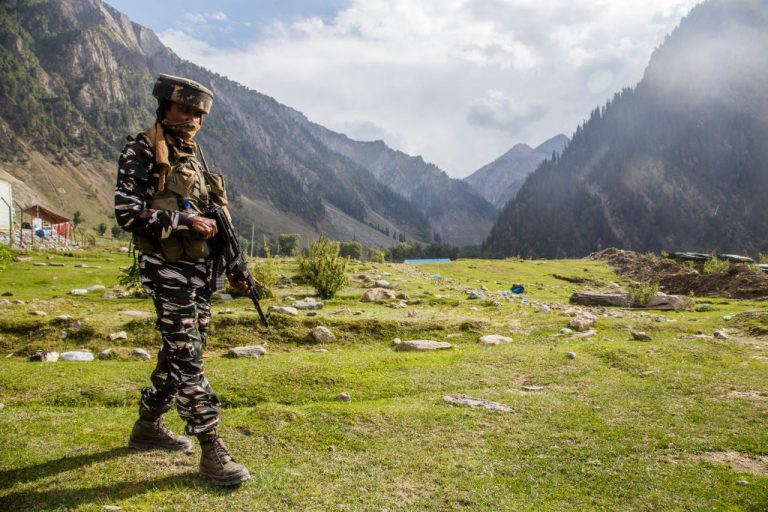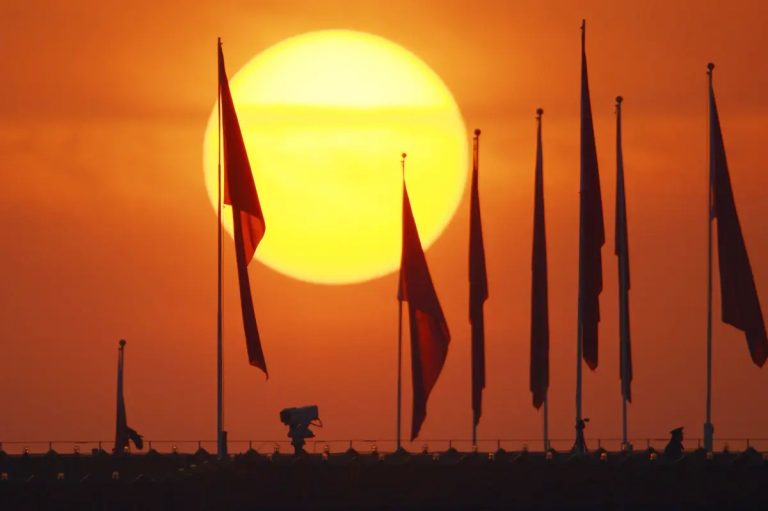The Indian government says that its troops have started to demobilize from the Gogra-Hotsprings border area, and that Chinese forces on the other side of the border were doing so as well.
Relations between Beijing and New Delhi have been perennially marred by border clashes in the disputed western Himalayan region, with notable skirmishes taking place two years ago.
“India said disengagement was taking place in a coordinated and planned way and is meant to keep border peace,” Reuters reported on Sept. 8, while the Chinese side was so far silent.
Commanders in the conflict zone have held to strict rules of engagement that prohibit the use of firearms — something that could risk embroiling the two nuclear-armed nations in a larger conflict. However, combat with pre-modern weapons in the hazardous mountain environment has proved lethal nonetheless, with dozens killed on both sides in the recent clashes.
The two countries are roughly equal in population — containing within them some 2.8 billion people. Parts of their lengthy 3,800-kilometer (2,360 mile) border along the massive Himalaya mountain range are not demarcated and the exact boundaries are subject to political dispute.
Success
You are now signed up for our newsletter
Success
Check your email to complete sign up
The ongoing disengagement comes as Chinese leader Xi Jinping gets ready to visit Kazakhstan and meet its president Kassym-Jomart Tokayev for talks and to sign a series of bilateral agreements. The visit will be Xi’s first overseas trip since January 2020.
Also, Xi is expected to travel to nearby Uzbekistan, where Indian Prime Minister Narendra Modi is likely to attend.
Since June 2020, when Indian and Chinese troops fought the latest skirmishes in the Ladakh region, there have been 16 rounds of meetings between high-ranking military officials on both sides.
India counted 20 soldiers killed in that fighting, while China admitted to just four deaths, a figure that has been widely disputed as a major undercount by many observers.
The battle prompted India to deploy around 50,000 troops to the contested areas of Ladakh to meet a similar mobilization by the Chinese People’s Liberation Army (PLA).
Before the current de-escalation, PLA personnel had in February 2021 dismantled a number of fortifications and withdrawn military vehicles from the edges of the Pangong Tso lake. That was part of an agreement between China and India to put more distance between their troops.
















